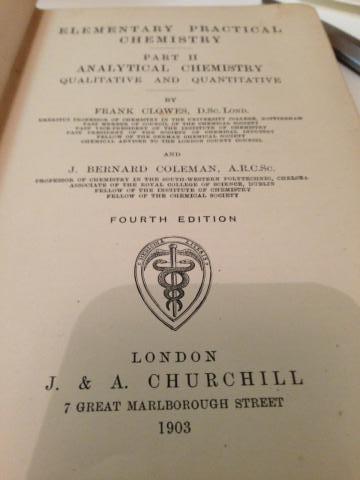This is a very interesting question. Provided that the materials used in making papers aren't the same around the globe, this is a very broad case of study. However, a study has been conducted in which the main goal was to identify the compounds that are the cause of the smell; VOCs:[1]
Volatile organic compounds (VOCs) are organic chemicals that have a high vapor pressure at ordinary room temperature. Their high vapor pressure results from a low boiling point, which causes large numbers of molecules to evaporate or sublimate from the liquid or solid form of the compound and enter the surrounding air.
So, quoting the article:
Using supervised and unsuper-vised methods of multivariate data analysis, we were able to quantitatively correlate volatile degradation products with properties important for the preservation of historic paper: rosin, lignin and carbonyl group content, degree of polymerization of cellulose, and paper acidity.
It is a result of the several hundred identified volatile and semi-volatile organic compounds (VOCs) off-gassing from paper and the object in general. The particular blend of compounds is a result of a network of degradation pathways and is dependent on the original composition of the object including paper substrate, applied media, and binding.


The 15 most abundant VOCs present in all chromatograms were selected for further analyses: acetic acid, benzaldehyde, 2,3-butanedione, butanol, decanal, 2,3-dihydrofuran, 2-ethylhexanol, furfural, hexadecane, hexanal, methoxyphenyloxime, nonanal, octanal, pentanal, and undecane.
- Strlič, M., Thomas, J., Trafela, T., Cséfalvayová, L., Kralj Cigić, I., Kolar, J., Cassar, M. (2009). Material degradomics: on the smell of old books. Analytical Chemistry 2009, 81 (20), 8617-8622.
The main link to the article might be behind a paywall, so for the interested, the relevant ResearchGate article is accessible.



